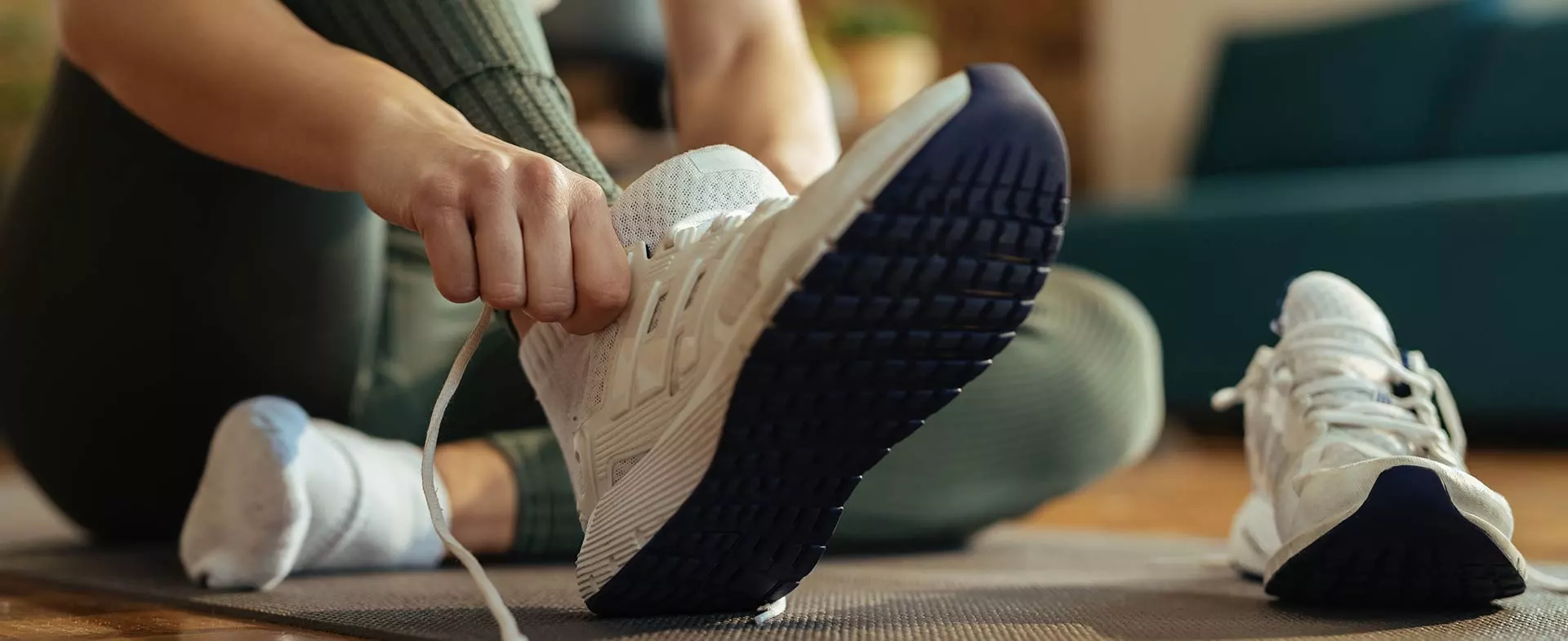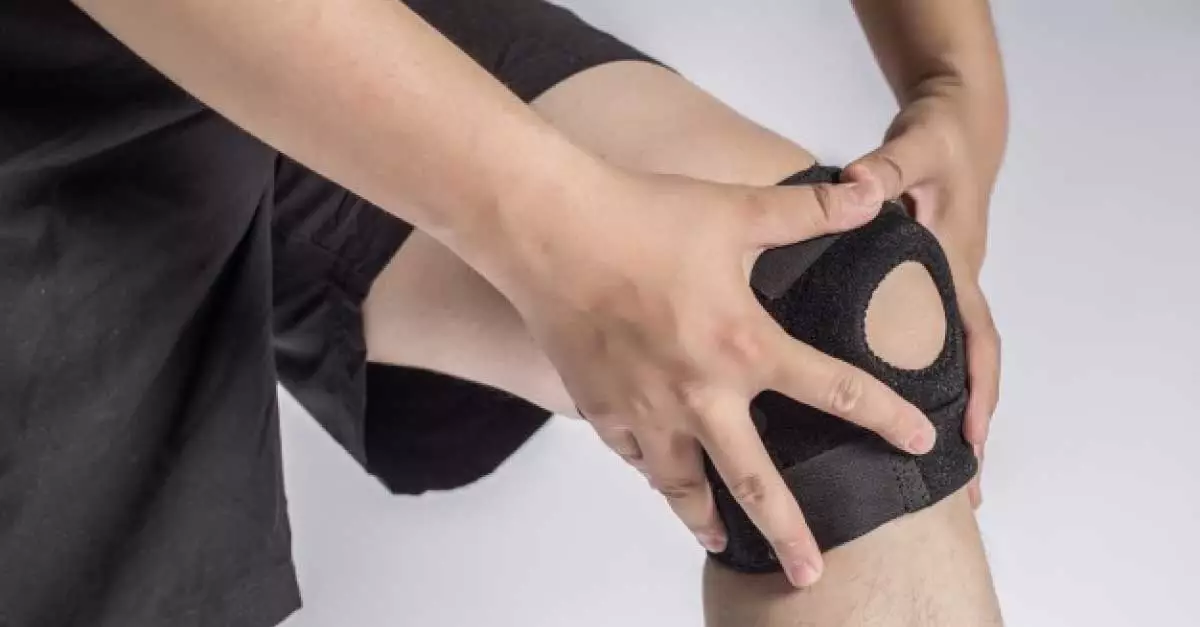Know Everything about ACL Tear (Anterior Cruciate Ligament)
Anterior cruciate ligament (ACL) tears are common sports injuries that can majorly impact your life. An ACL tear is a partial or complete tear of one of the four ligaments in the knee joint. When one of these ligaments becomes damaged, it can lead to instability in the knee and difficulty performing certain movements such as bending or twisting.
Although many athletes and active people suffer from an ACL tear, most people can still enjoy an active lifestyle if they follow doctor’s orders for rehabilitation and get back into sports when appropriate. Depending on the severity of the injury, it’s possible to return to sports after extended periods of recovery and rehab. Read on to learn more about this injury and how you can recover after suffering from an ACL tear.
What is an ACL Tear?
The anterior cruciate ligament (ACL) is one of two primary ligaments that cross directly in front of the knee joint. These ligaments help stabilize your knee and keep your kneecap from shifting out of place when you move or pivot on that leg. An injury to this ligament results in instability in the knee which can lead to weakening in other muscles around that joint and increase your risk for developing osteoarthritis later in life.
ACL tears can be partial or complete tears of the ligament. A partial tear is often treated with a combination of rest, ice, and anti-inflammatory medications like ibuprofen or naproxen. A complete tear requires surgery to repair the ligament and might require a leg brace or a knee immobilizer to protect the injured knee while it heals.
How Bad is an ACL Tear?
This depends on the severity of the tear. A mild ACL tear may cause only a little pain and swelling, while a more severe tear may cause a lot of pain, swelling, and difficulty walking. A complete ACL tear can result in a significant amount of instability in the knee and may require surgery to repair the ligament.
A partial tear may heal without surgery. After an ACL tear, the knee may be unstable and give way during movement, especially when you pivot on that leg, such as playing ice hockey and rotating on one foot to shoot the puck. The knee instability after a tear can be measured using a scale called the Lachman test. This test is performed by bending your knee 90 degrees and having you pull your foot towards your knee forward to check the amount of pull on your knee.
Symptoms of ACL Tear
Pain: The ACL is often injured during contact sports when the knee gives out during movement. The knee may give way when the player is pivoting on one foot during a turn, cutting, or landing from a jump.
Swelling: Swelling and bruising around the knee is a common sign of an ACL tear.
Instability: After a tear, the knee may feel unstable and give way during movement.
Limping: You may limp after an ACL tear because you may feel pain with walking.
Numbness: A complete ACL tear may also cause a condition called “Ipsilateral leg hypesthesia,” or leg numbness in the unaffected leg.
What Causes an ACL Tear?
An ACL tear may occur during contact or a sudden change of direction when the knee gives out. The most common causes of an ACL tear include:
An aggressive change of direction: An incorrect change of direction when playing a sport can lead to a tear in the ACL. This often happens when a player tries to stop or change directions quickly, and the knee gives out.
An aggressive landing: Landing awkwardly from a jump can also cause an ACL tear. This often happens when a player lands on a single foot and the knee gives out.
An aggressive deceleration: An ACL tear can also occur when a player is pushed off balance and the knee gives out.
An incorrect pivot: An incorrect pivot when playing hockey, tennis, or other sports can lead to an ACL tear. This often happens when the player pivots on one foot and the knee gives out.
Other Reasons for an ACL Tear
An ACL tear can also occur due to an old or pre-existing condition. The following conditions can cause an ACL tear in athletes:
Anomalous insertion of the ACL: In some people, part of the ACL unusually attaches to the bone. This may cause the ACL to stretch or tear more easily during activity.
Bone marrow edema: Bone marrow edema is excess fluid in the bone. This may cause the bone to be soft and more easily fractured. This can lead to an ACL tear.
Chondromalacia: Chondromalacia is a softening of the cartilage under the knee cap. This can cause the knee cap to rub against the underlying bone and lead to an ACL tear.
Excessive pronation: Excessive pronation is a tendency to roll the foot inward when walking. This can cause the knee to be misaligned and lead to an ACL tear.
Excessive supination: Excessive supination is a tendency to roll the foot outward when walking. This can cause the knee to be misaligned and lead to an ACL tear.
Excessive torsion: Excessive torsion is the twisting of the knee when walking. This can cause the knee to be misaligned and lead to an ACL tear.
Femoral retroversion: Femoral retroversion is a condition where the femur (thighbone) is rotated inward. This can cause the knee to be misaligned and lead to an ACL tear.
The Importance of Prevention
Preventing an ACL tear begins with strengthening your knees and hips through exercise. This can help prevent injuries to the ACL or a similar knee injury, such as a meniscus tear or a cartilage tear. A physical therapist can help you strengthen the muscles around the knee and reduce your risk of injury. Other ways to prevent an ACL tear include:
1. Being hydrated

Exercising in hot weather can increase your risk of injury. Stay hydrated to avoid overheating.
2. Wearing the correct shoes

Wear shoes that match your athletic activity and do not overpronate.
3. Using a knee brace

A knee brace can help prevent a knee injury. Knee braces are often used after ACL surgery.
4. Stretching before exercise

Stretching can help loosen muscles and joints.
Conclusion
An ACL tear is a common knee injury that often requires ligament repair. An ACL tear can be particularly difficult for ice sports athletes because cutting, pivoting, and sudden direction changes often cause this injury. Preventing an ACL tear begins with a healthy diet and exercise to strengthen the muscles around the knee. This can help reduce your risk of injury.
Source –


